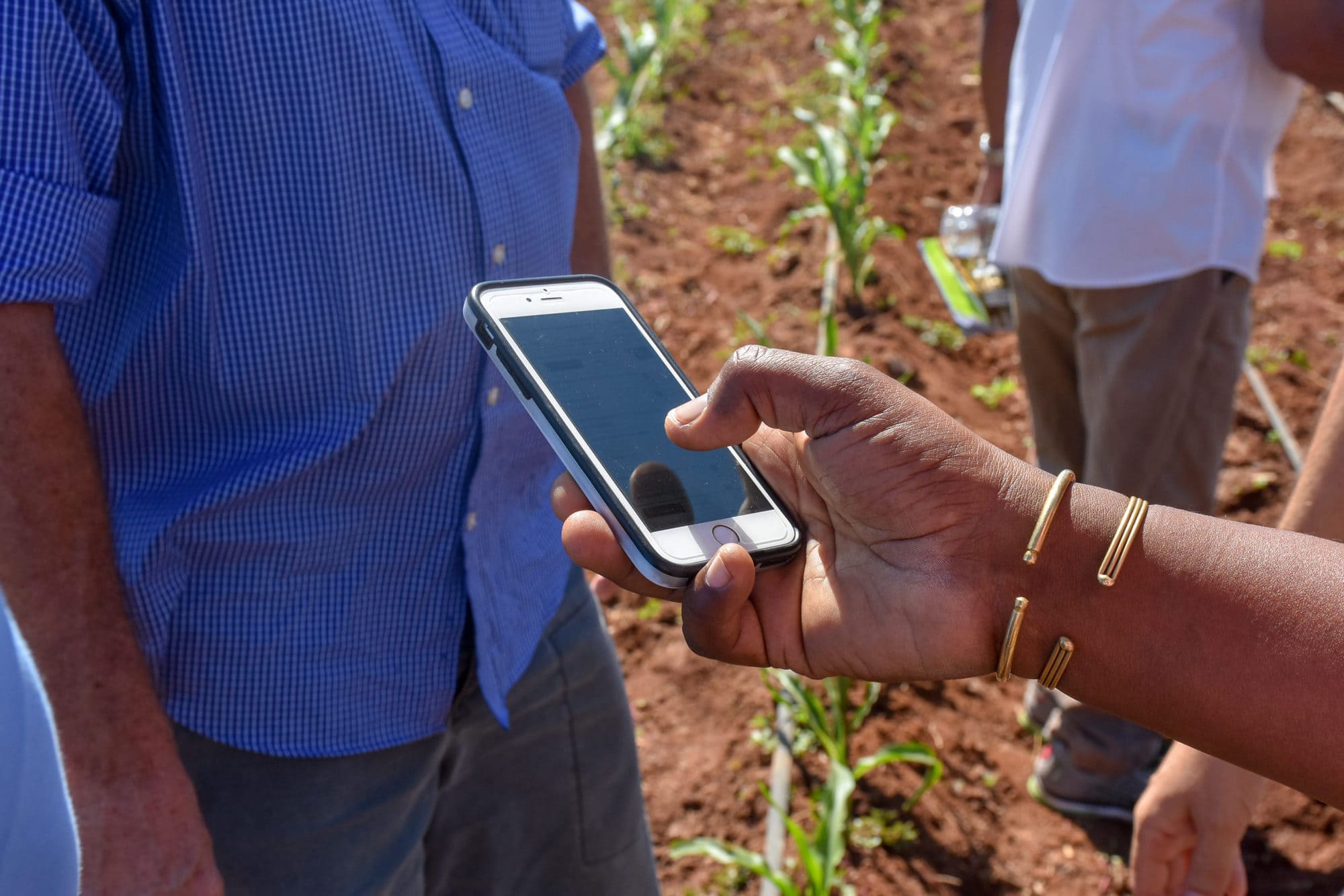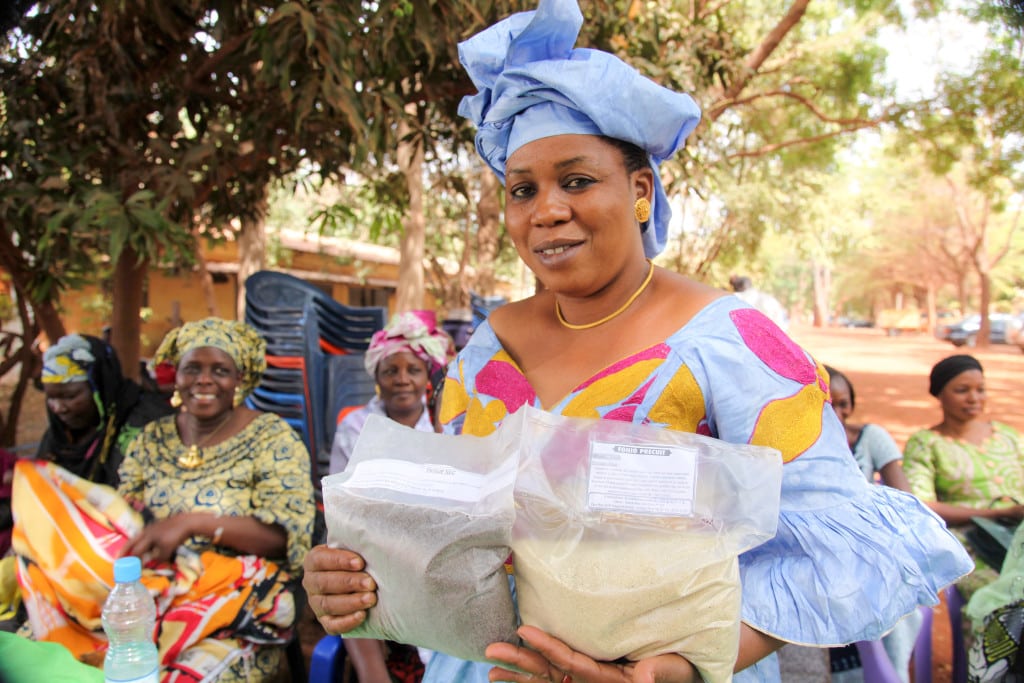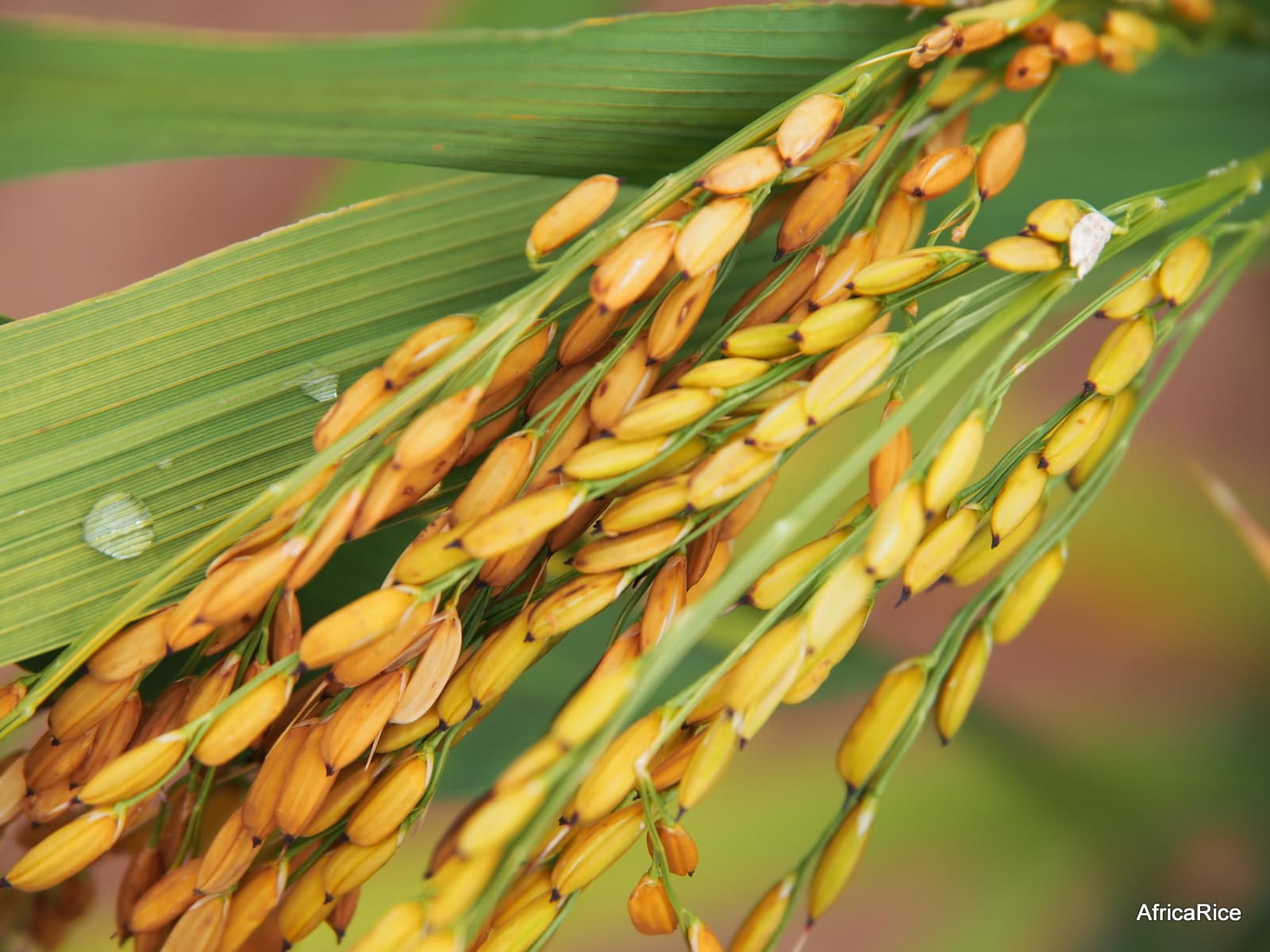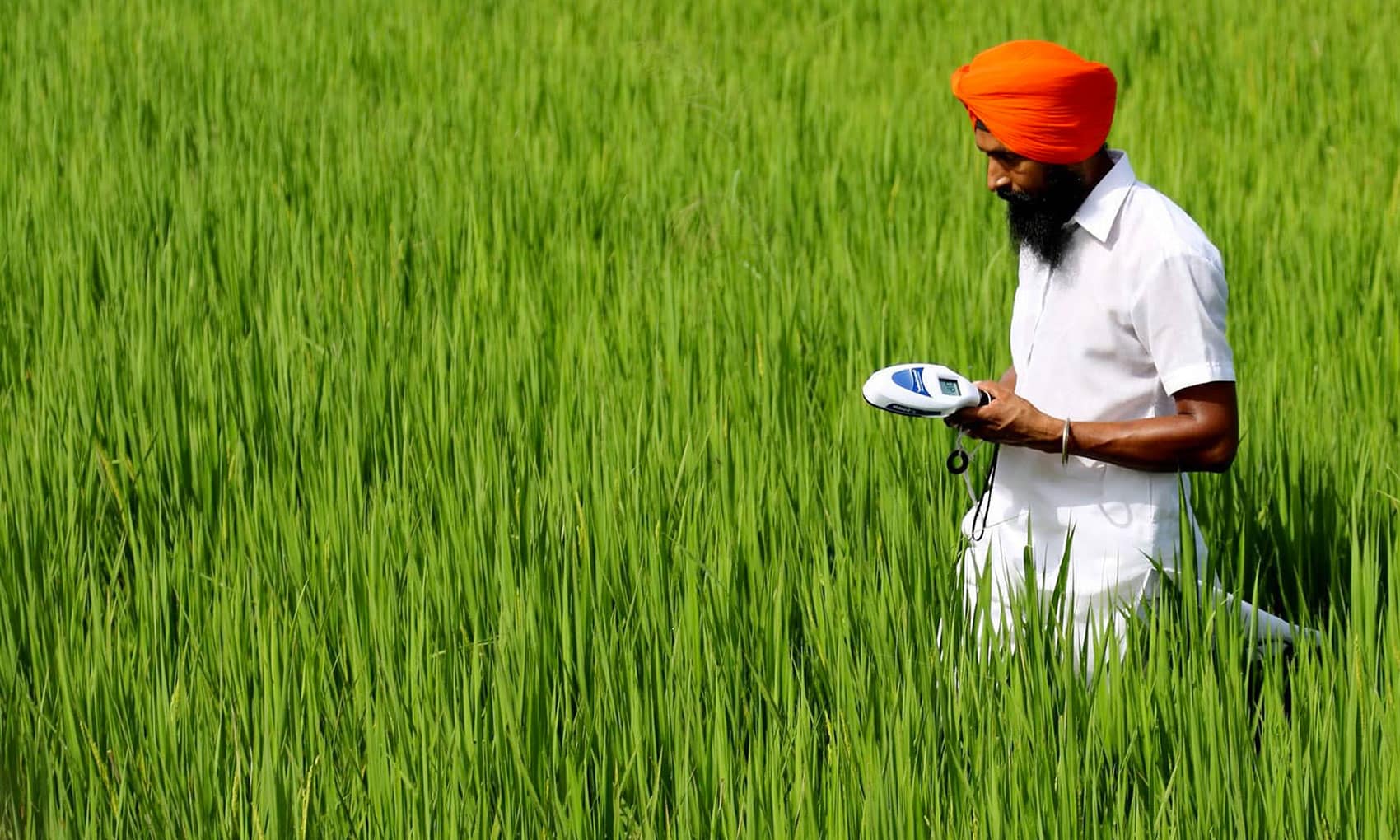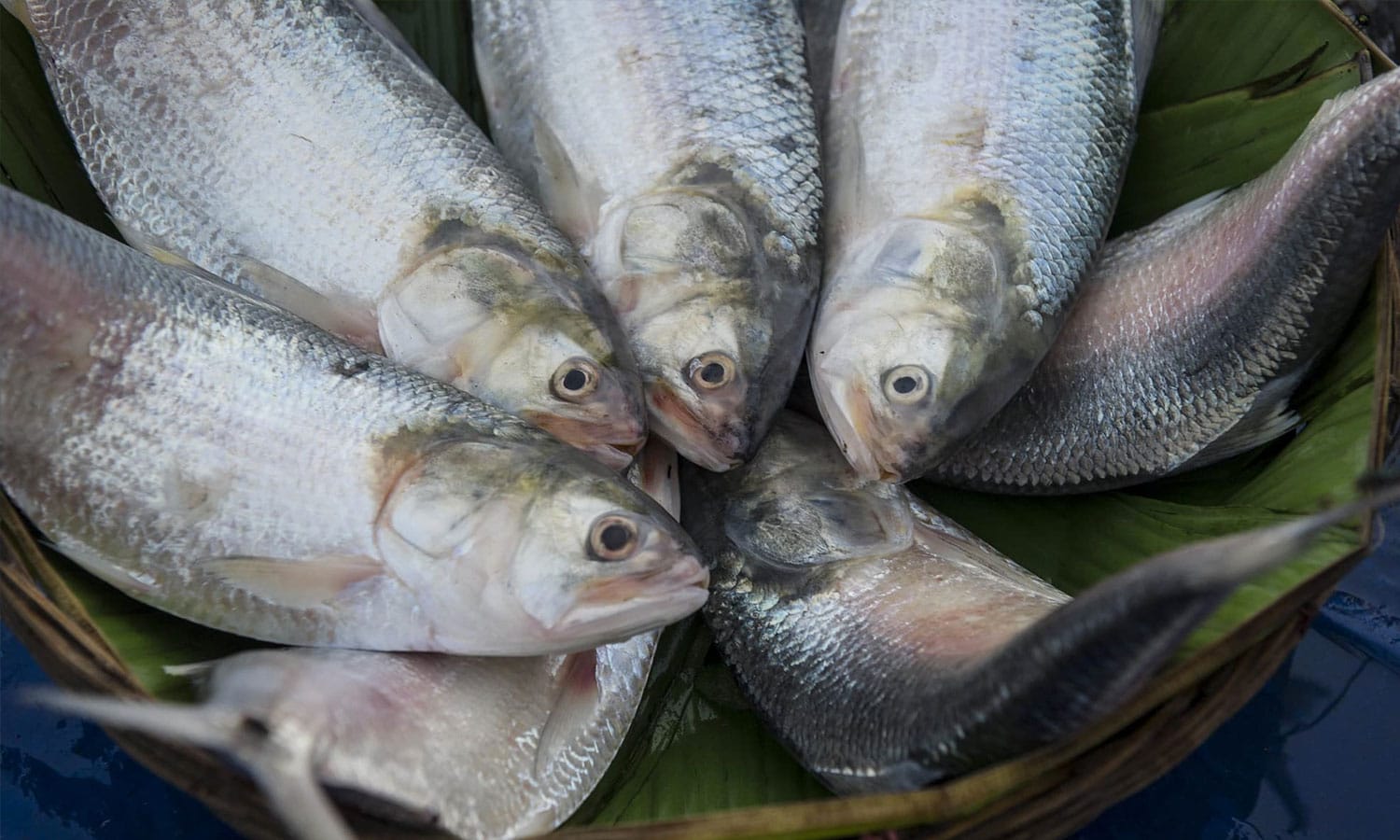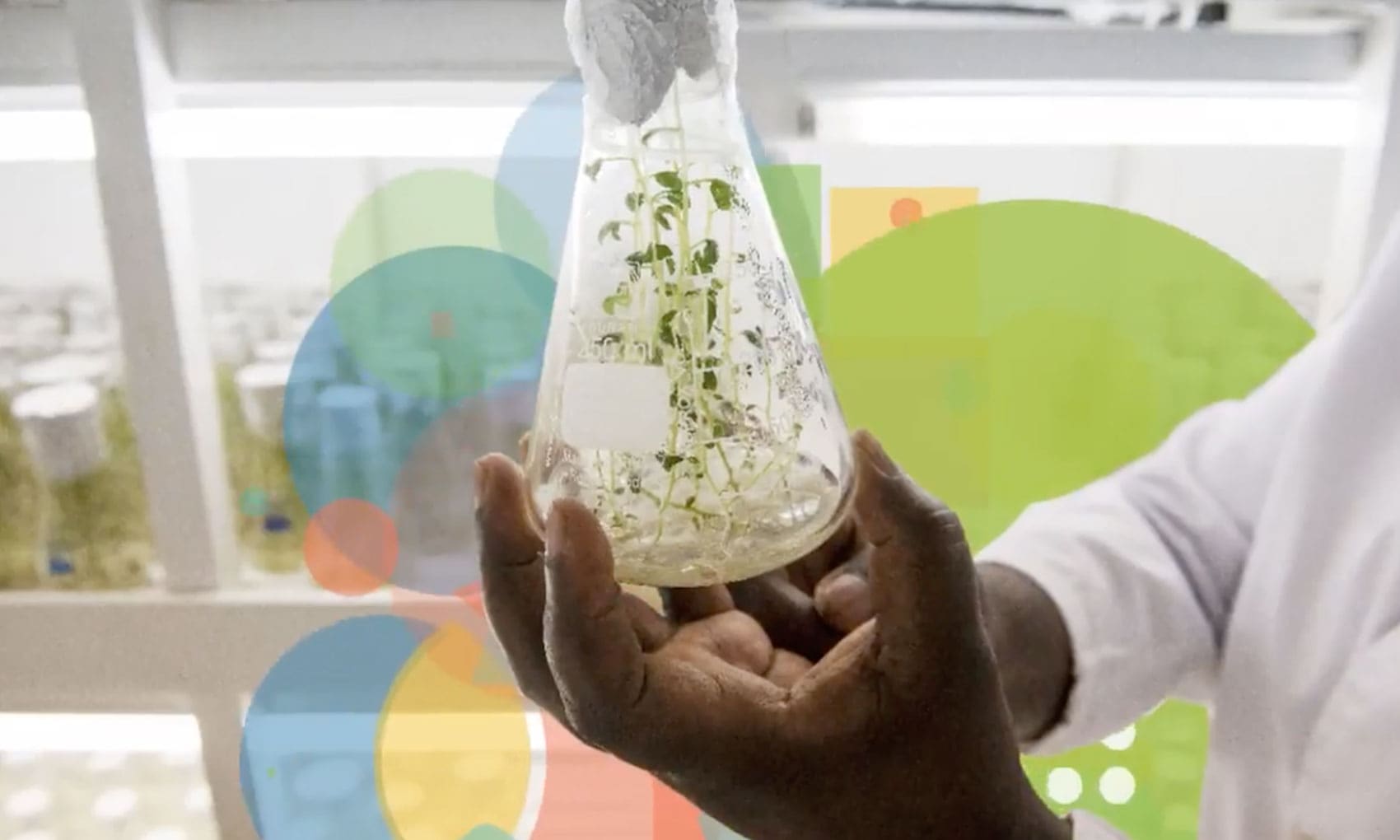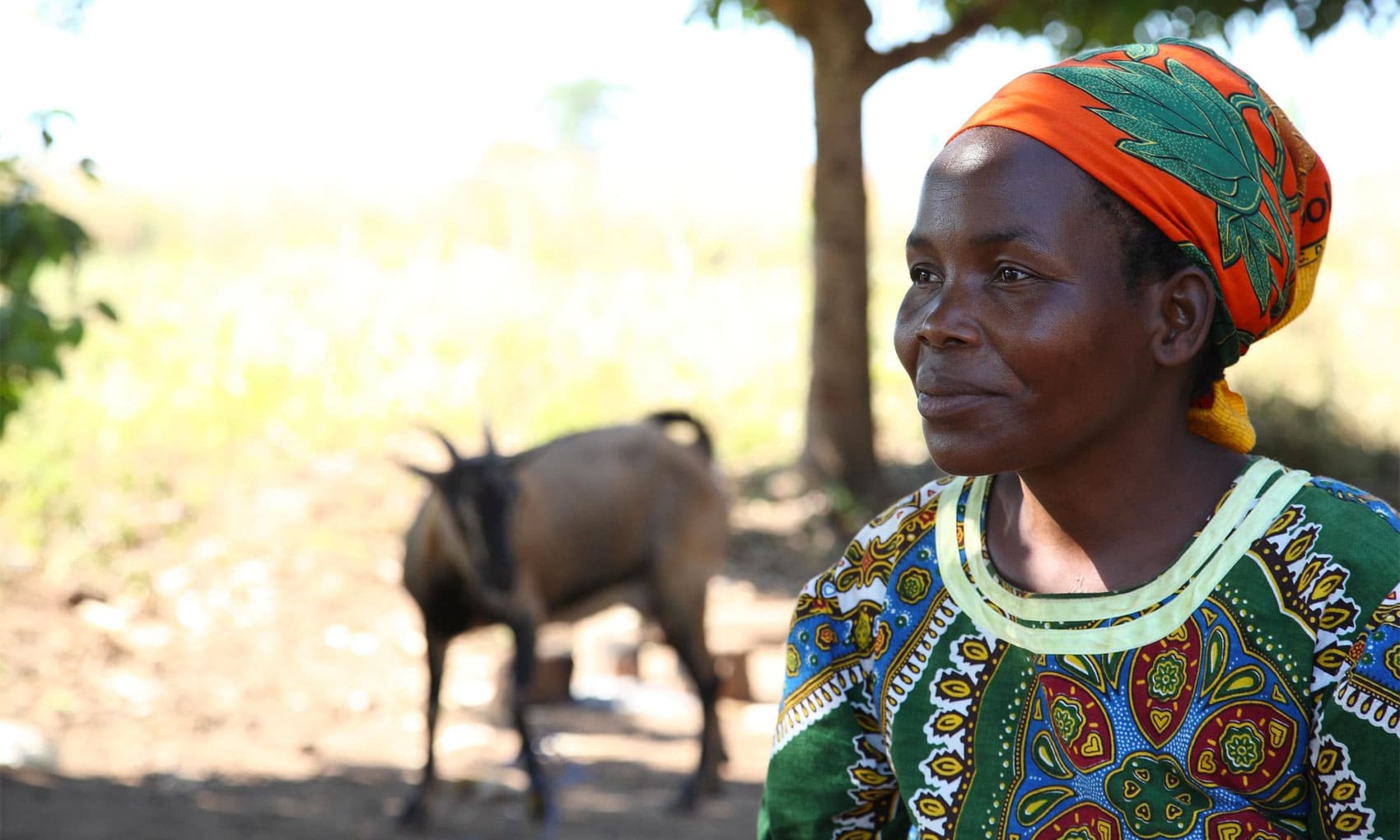Millions of smallholder farmers and herders around the world lack access to affordable, high-quality insurance, and their farms are often too small and too remote for insurers to visit fields and economically verify damage. CGIAR researchers, working with the private sector and international development community, have searched for alternative types of insurance that do not require insurance companies to verify damage through in-person visits to smallholders’ fields. The growing use of technology in developing countries has offered a potentially efficient solution.
CGIAR researchers at the International Food Policy Research Institute (IFPRI) are testing whether a smartphone camera can help make insurance products more attractive for smallholder farmers. The Picture-Based Insurance (PBI) project was launched in 2015, with support from the CGIAR Research Program on Policies, Institutions and Markets (PIM) and 3ie. By relying on visible crop characteristics observed in farmers’ smartphone pictures of their crops, the project aims to minimize the costs of loss verification and detect damage at the plot level, without relying on in-person visits by insurance agents. The project has since expanded to cover a wide range of crops in India, Kenya, and Ethiopia. A current focus of the project is to ensure that the products are inclusive and equitable in their benefits, and to integrate information from ground images with satellite imagery for rapid claims settlement at scale.
Currently, IBFI has 3,050 subscriber households and has made more than $50,000 in payouts
The International Water Management Institute (IWMI) is using technology to help smallholder farmers gain access to insurance too. Large-scale flooding occurs frequently in South Asia with many of the region’s most vulnerable people, who live in vast agrarian belts within the Indus, Ganga, and Brahmaputra-Meghna river basins, being the worst affected. Insurance represents a way to transfer the risk of weather-related disasters away from farmers but is often too expensive.
Started in 2017, IWMI’s Index-Based Flood Insurance (IBFI) combines satellite imagery with mathematical modeling. IBFI uses NASA’s MODIS and ESA Sentinel-1 and field water-level data to calculate flood damage and verify claims, avoiding the need for costly field visits and thus keeping premiums affordable. Currently, IBFI has 3,050 subscriber households and has made more than $50,000 in payouts. Through targeting women and more marginalized groups, by 2019 it succeeded in increasing the proportion of payouts to women from 22% to 43%.
IBLI has since been adopted by the Kenyan government as a social safety net for extremely vulnerable pastoralists, part of the Kenya Livestock Insurance Programme (KLIP). It currently insures 90,000 cattle valued at more than $30 million annually, and has paid out about $10 million in claims.
A similar approach has been pursued for pastoralists in the African drylands. Here, pastoralism is the main source of livelihood for about 260 million people who are extremely vulnerable to climate–related shocks. Pastoralists need to be able to quickly recover from the considerable livestock losses they incur during severe droughts.
The Index-Based Livestock Insurance (IBLI) program, launched in 2008 by the International Livestock Research Institute (ILRI), has evolved from a microinsurance product to a comprehensive drought risk financing agenda aimed at mitigating the impacts of drought by providing financial protection during shocks.
While index-based livestock insurance had been tried in other agriculture settings, it had never been done with pastoralists who are mobile and lack land-based assets. Currently, more than 15,000 livestock owners have purchased IBLI insurance products in Ethiopia and Kenya, with women accounting for more than 45% of buyers. IBLI has since been adopted by the Kenyan government as a social safety net for extremely vulnerable pastoralists, part of the Kenya Livestock Insurance Programme (KLIP). It currently insures 90,000 cattle valued at more than $30 million annually, and has paid out about $10 million in claims.
Header photo: Close-up to SeedAssure App testing in the field at the Kiboko research station in Kenya. Photo by J. Bossuet/CIMMYT.
Links & further reading
 Publication: The feasibility of Picture-Based Insurance (PBI): Smartphone pictures for affordable crop insurance
Publication: The feasibility of Picture-Based Insurance (PBI): Smartphone pictures for affordable crop insurance
 Publication: Monitoring crop phenology using a smartphone based near-surface remote sensing approach
Publication: Monitoring crop phenology using a smartphone based near-surface remote sensing approach
 Discussion Paper: From index to indemnity insurance using digital technology: Demand for picture-based crop insurance
Discussion Paper: From index to indemnity insurance using digital technology: Demand for picture-based crop insurance
 Brochure: Bundled Solutions of Index Insurance with Climate Information and Seed Systems to manage Agricultural Risks (BICSA).
Brochure: Bundled Solutions of Index Insurance with Climate Information and Seed Systems to manage Agricultural Risks (BICSA).
 Publication: Reducing vulnerability among smallholder farmers through index-based flood insurance in India: equity matters
Publication: Reducing vulnerability among smallholder farmers through index-based flood insurance in India: equity matters


